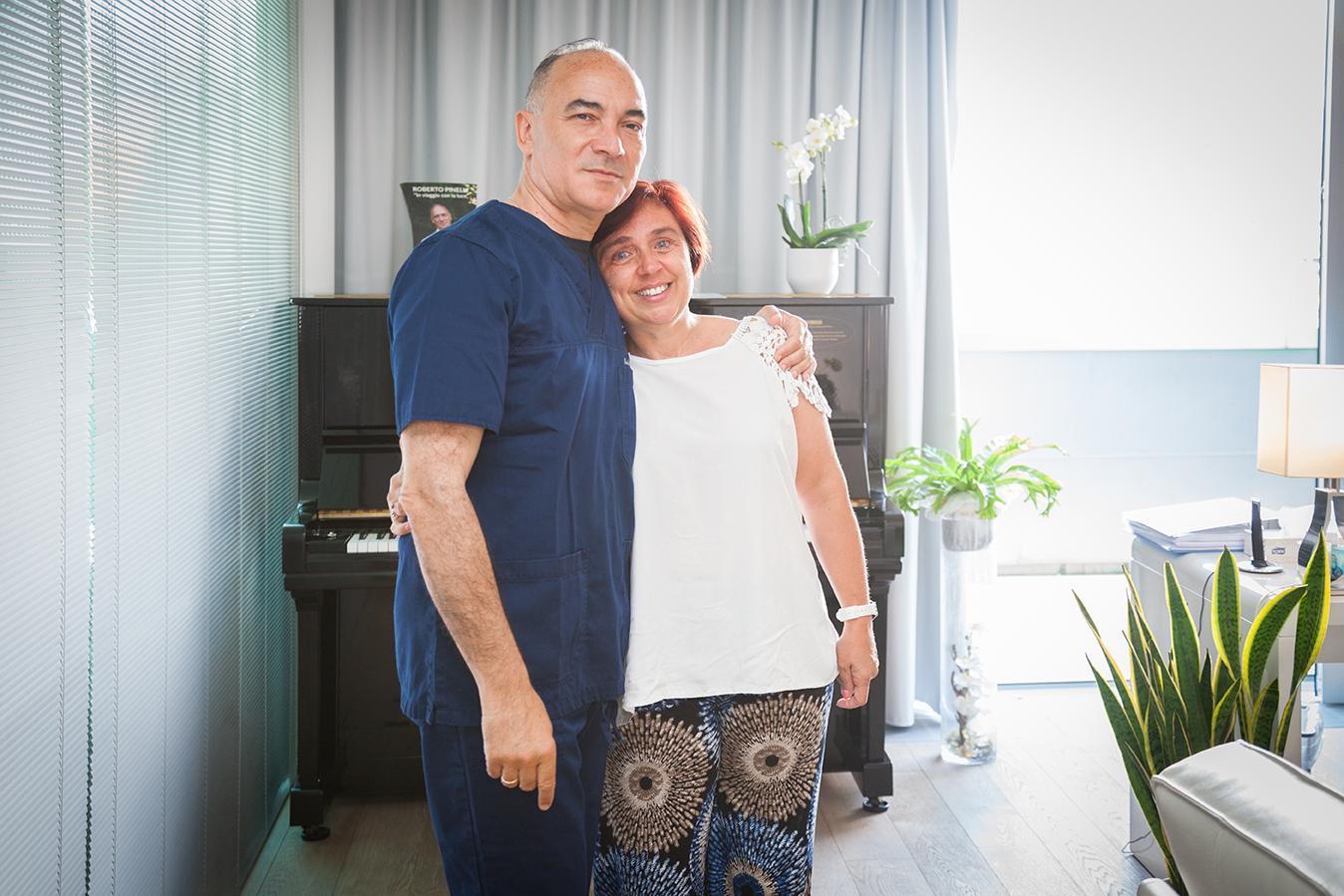PHOTOBIOMODULATION
Age-related macular degeneration (AMD) is a disease closely linked to advancing age, and which affects a specific area of the retina, namely the macula. There are two types: dry and wet. For dry AMD and certain retinal diseases, there is now a remedy that relies on photobiomodulation (PBM). This treatment uses photons – infinitesimally small light particles- to treat retinal diseases. Light energy is already used in the treatment of visual defects and certain corneal diseases. However, this type of light energy differs both in type and wavelength from that used to treat keratoconus and resolve visual defects.
What is photobiomodulation?
The mechanism of photobiomodulation (PBM) at the cellular level comprises the irradiation of a pre-established frequency of light onto the mitochondria – those microscopic components of cells that produce the energy necessary to drive the biological functions of the cells. This irradiation activates mitochondrial respiration, thus promoting cell proliferation and cytoprotection, i.e. the cells’ ability to defend themselves.
How does photobiomodulation act on the cells?
Photobiomodulation acts through the absorption of photons by photoreceptors of the target tissue. In this way, increases in energy production and the supply of oxygen, nitric oxide, and calcium occur at the cellular level. This slows down the aging process, delaying cell death and improving cell survival
The use of photobiomodulation in medicine
Photobiomodulation is a pain-free, non-invasive process that does not produce heat, does not damage tissue, and stimulates a cellular response. It is currently used in several fields of medicine and physiotherapy to treat arthritis, repair wounds, and relieve trauma, sprains, and musculoskeletal and ligament damage. Its benefits are also acknowledged for traumatic events such as stroke or global cerebral ischaemia, for degenerative diseases such as Alzheimer’s or Parkinson’s disease, and psychiatric disorders such as depression and anxiety. Numerous peer-reviewed international scientific publications support the use of photobiomodulation in different fields of medicine.
Dr. Roberto Pinelli is a member of the two major scientific societies that bring together the most prominent and active researchers in photobiomodulation: the World Association for Photbiomodulation Therapy (WALT) and the North American Association for Photobiomodulation Therapy (NAALT).

The treatment performed at the Switzerland Eye Research Institute (SERI Lugano) uses light to direct a calibrated amount of energy onto the retina.
Dr. Pinelli has devised a protocol for the clinical application of photobiomodulation involving a special method of light therapy combined with nutraceuticals, specifically designed to promote eye function and work in synergy with photons: the Lugano Protocol. See the scientific publications in the special section and on the homepage of the website.
The entire procedure takes about ten minutes and does not require any anaesthesia or hospitalisation: the patient is discharged immediately after treatment. The patient sits in front of the device, fully awake, and does not feel any pain.
The treatment consists of four phases: a first and a third phase with the eyes open, each phase lasting approximately 35 seconds, with the eyes being exposed to the wavelengths of yellow pulsed light and near-infrared radiation (NIR); the second and the fourth phase with eyes closed, each phase lasting 90 seconds, with exposure to the wavelengths of continuous red light. During treatment and immediately afterwards, the patients experience a sensation of glare and a slight feeling of warmth, which they describe as very pleasant.
What is the retina?
The retina forms the innermost layer of the eyeball.
It is a delicate structure, particularly in the peripheral part and especially in myopic patients. It may undergo degenerative processes that cause thinning; these, in turn, may cause the detachment of the retina itself.
In particular conditions, holes or even lacerations in the retinal lining may occur: the tell-tale symptom is usually the perception of flashes or floating bodies (the so-called “floaters” or “flying flies”). Sometimes, however, the lesions are found during an eye examination even when there are no symptoms.
Ask for a consultation at our innovative eye centre to learn more about photobiomodulation.

